About Beets
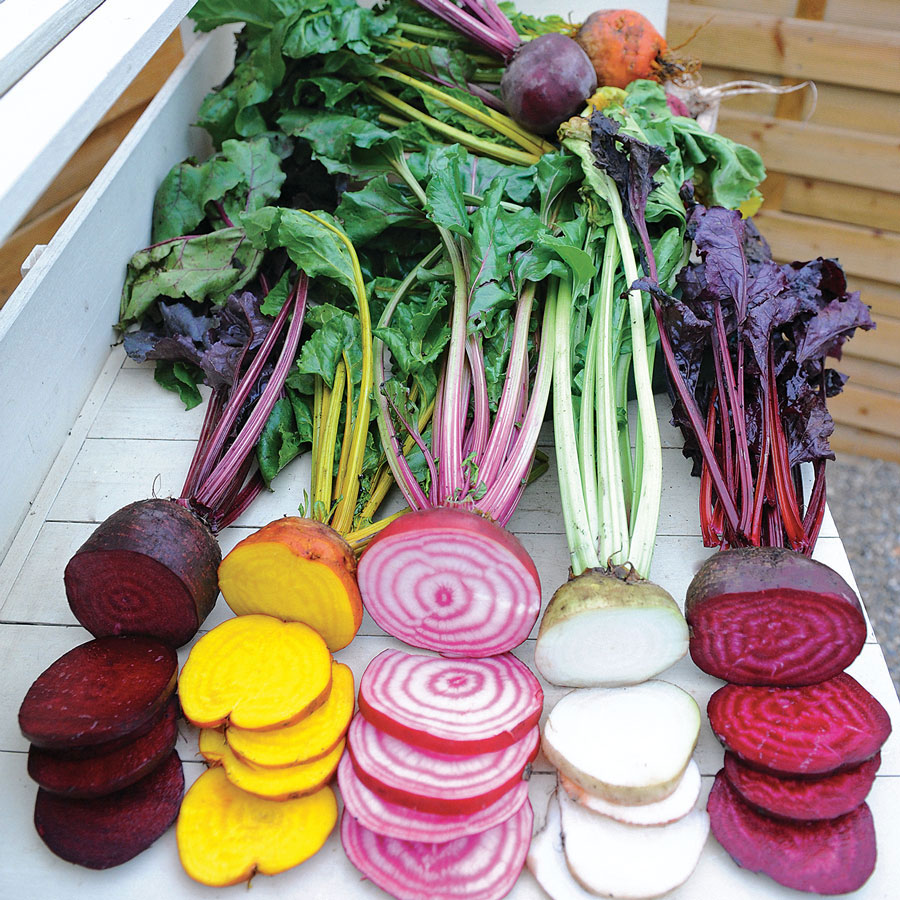
1. Blood turnip.
Beets or beetroots, as they are known in the United Kingdom, evolved from the sea beet, a wild plant that grows by the seaside. Wild beets were mainly harvested for their spinach-tasting leaves, which are rich in boron, a metal that plays a role in human sex hormone production. They were once considered an aphrodisiac. The greens of all turnips contain vast amounts of lutein (about 250 micrograms per cup of greens), which is an essential for eye health; however, it is doubtful that this is where the toast, “Here’s blood in your eye,” originated. There is also a variety of beet called ‘Early Blood’, a “turnip-rooted” heritage variety that was introduced to the New World in 1820.
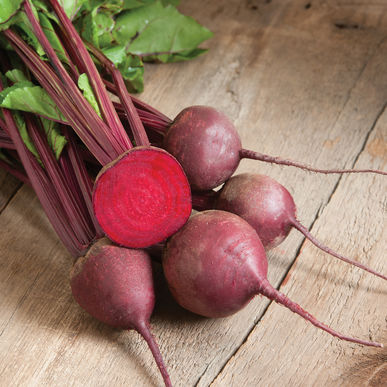
2. Heart and liver lover.
Beets get their blood-red colour, not from anthocyanins as do most red vegetables, but from the betalains, betanin and vulgaxanthin. Betalains are anti-oxidant, anti-inflammatory pigments. Betain is essential for heart health and has other wonderful properties that help protect your liver by reducing the accumulation of liver fat deposits caused by alcohol abuse, protein deficiency and diabetes. Other great side effects from eating them include increased blood flow because the nitrates in beets trigger vasco dilation. Also associated with beet consumption is the reduction of a homolog that can affect blood vessels adversely. It is also associated with a reduction in a wide number of tumour cells.
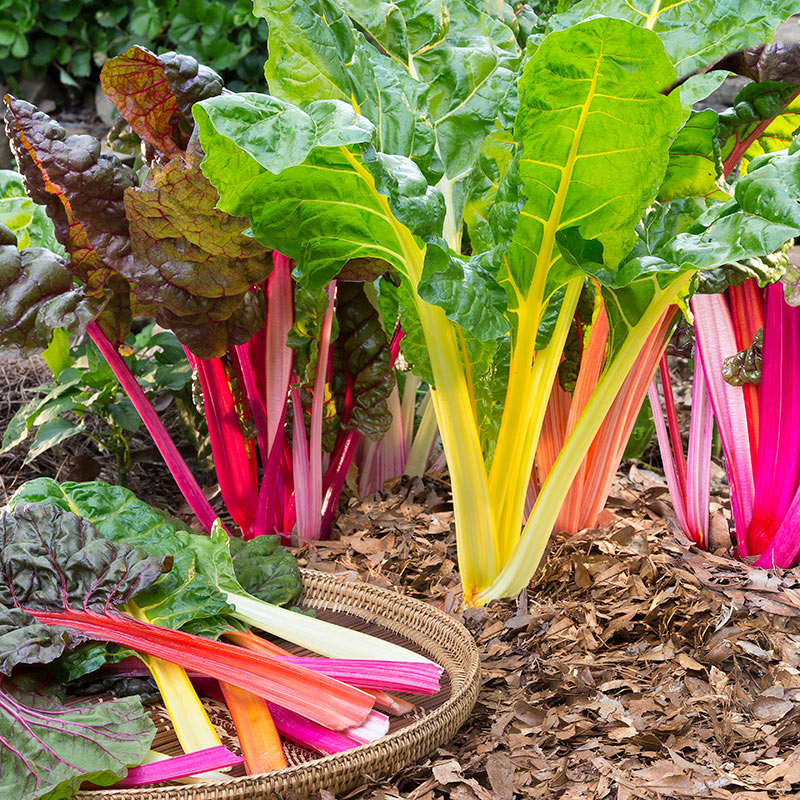
3. When is a beet not a beet?
The answer is when it’s Swiss chard, Beta vulgaris, subspecies, cicla. Swiss chard is highly nutritious, although like rhubarb it contains small amounts of oxalic acid. Both chard and table beets evolved from sea beets. All beet leaves are full of good things, though, so eat your beet greens and get protein, magnesium, manganese, copper, potassium, calcium and iron.
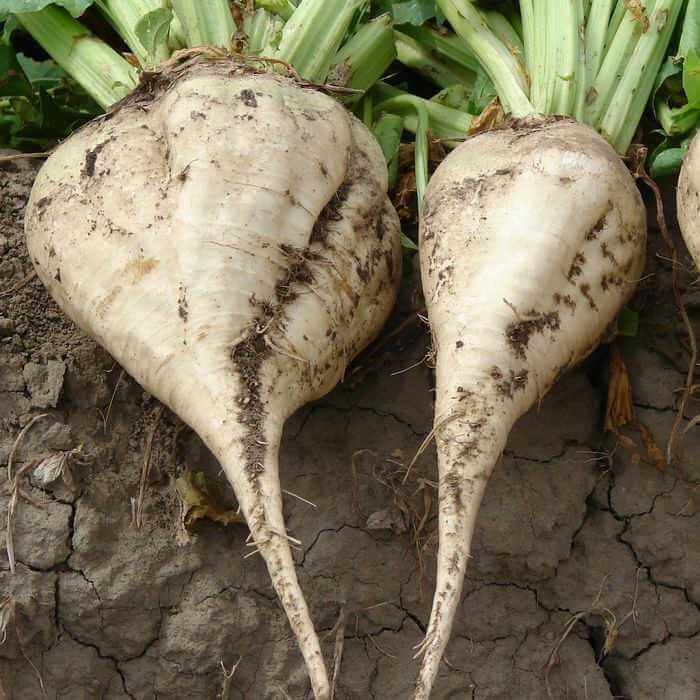
4. What else is in it for me?
In addition to betains and all the exotic benefits they bestow through ingestion, the vegetable provides us with a really healthy dose of Vitamins A, B and C. They are packed with folates (136 mcg per cup). A cup of beet root contains 2.68 grams of protein, 16.9 grams of carbohydrates, 3.4 grams of fibre and only 74.8 calories!
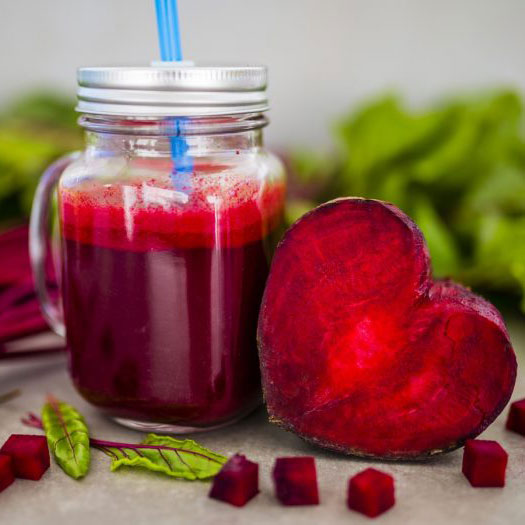
5. Faster, longer, lower and sometimes, redder.
Long distance runners have been proven to run five per cent faster after eating this vegetable. Not only that but drinking the juice has been found to reduce blood pressure by two per cent. About 10 to 15 per cent of people will experience red urine or red in your stool after eating beets. This is called beeturia and while it is harmless, it may indicate that you have difficulty metabolizing iron or have a deficiency or excess of iron.
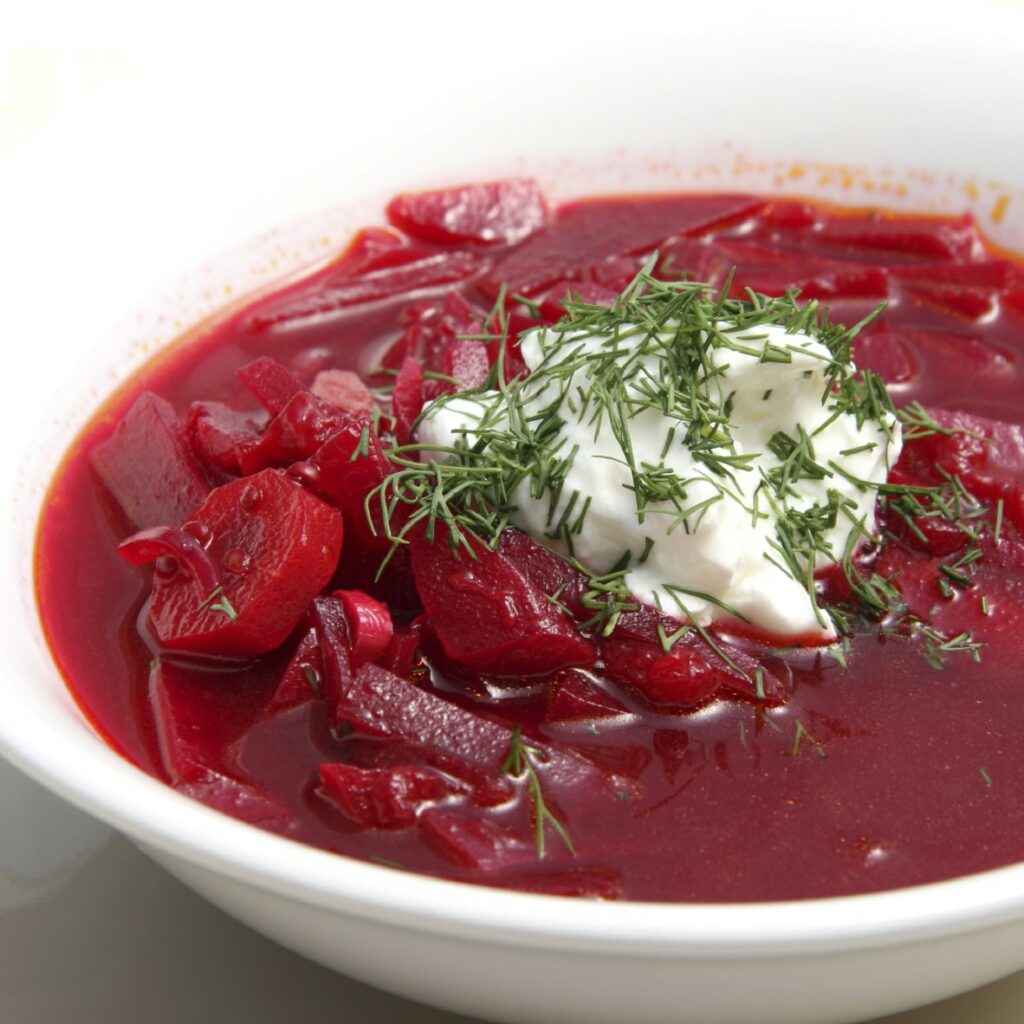
6. How long has this been going on?
Beets have been cultivated for thousands of years and were a favourite among the Romans. Sugar beets are a much more recent phenomenon, however. The special properties of Beta vulgaris subsp. vulgaris were discovered in 1747 by a professor of physics in Berlin. He found that the sugar in beets was similar in its properties to that in sugar cane. Half a century later, one of his students began cultivating higher sugar content in the beets he was breeding. The first sugar beet plant was opened in Silesia in 1801. By 1837, there were 542 factories in France, producing 35,000 tonnes of sugar.

7. Eat the beet, but how?
Beets can be eaten raw or cooked and so can their leaves. Beet greens, steamed, will taste like a stronger spinach. Harvest them when they are young. Beetroot can be cooked with the skin intact – the skin can be eaten or simply rubbed off with a paper towel after cooking. Any red beet stains on your fingers can be erased with a little lemon. Keeping the skin on during cooking tends to help maintain nutrients. Beets should never be boiled or steamed for more than 15 minutes and avoid roasting for more than 60 minutes. The longer they cook, the more loss of the betalain.
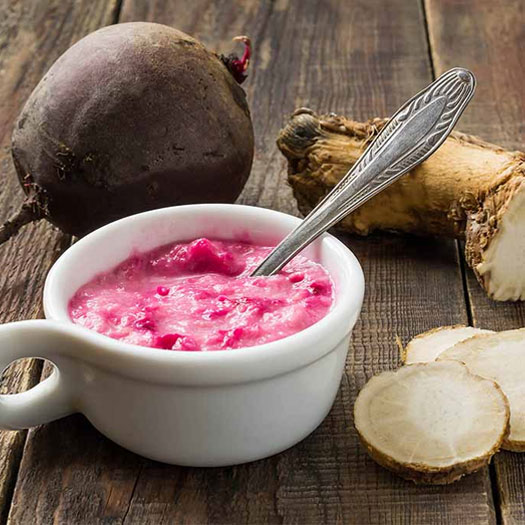
8. Carrots, horseradish and hamburgers.
Many Nordic countries eat beets as borscht, a ruby-coloured soup; others are more creative. In Poland, they are mixed with horseradish for a wonderfully hot condiment. In the United Empire Emirates, they pickle them for hamburgers. Pickling is a favoured method of serving beets. Try them with carrots and a bit of brown sugar and butter. Or roast them in the oven with carrots and parsnips and finish with a dash of balsamic vinegar.
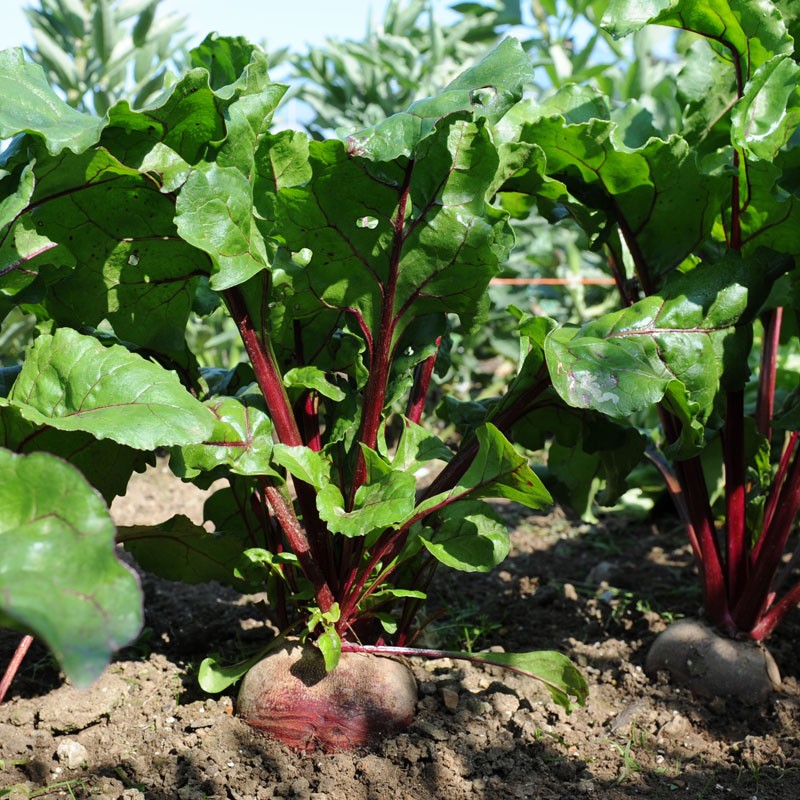
9. Plant some beets.
Very easy to grow. They germinate in 10 to 12 days (sometimes as soon as five days) in soil that is above10 degrees C. They mature in 55 to 60 days. Sow the seeds a half-inch deep and two to four inches apart in rows about a foot to 11/2 feet wide. Soil should be light and loamy. Thin to three to six inches apart when the first sowing is up about two inches. Keep them evenly moist but not wet. Seed life is generally about three years.
10. Beets’ best friends.
They are good friends to everyone because they add minerals to the soil. The greens are very good for compost. They are happy companions to bush beans (but not pole beans), brassicas, corn, garlic, lettuce, leeks and mint – some people advise you to add cut mint leaves as mulch.


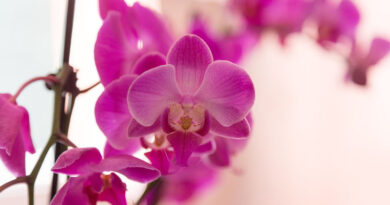


Pingback: Beets from the garden - Canada's LOCAL Gardener magazine